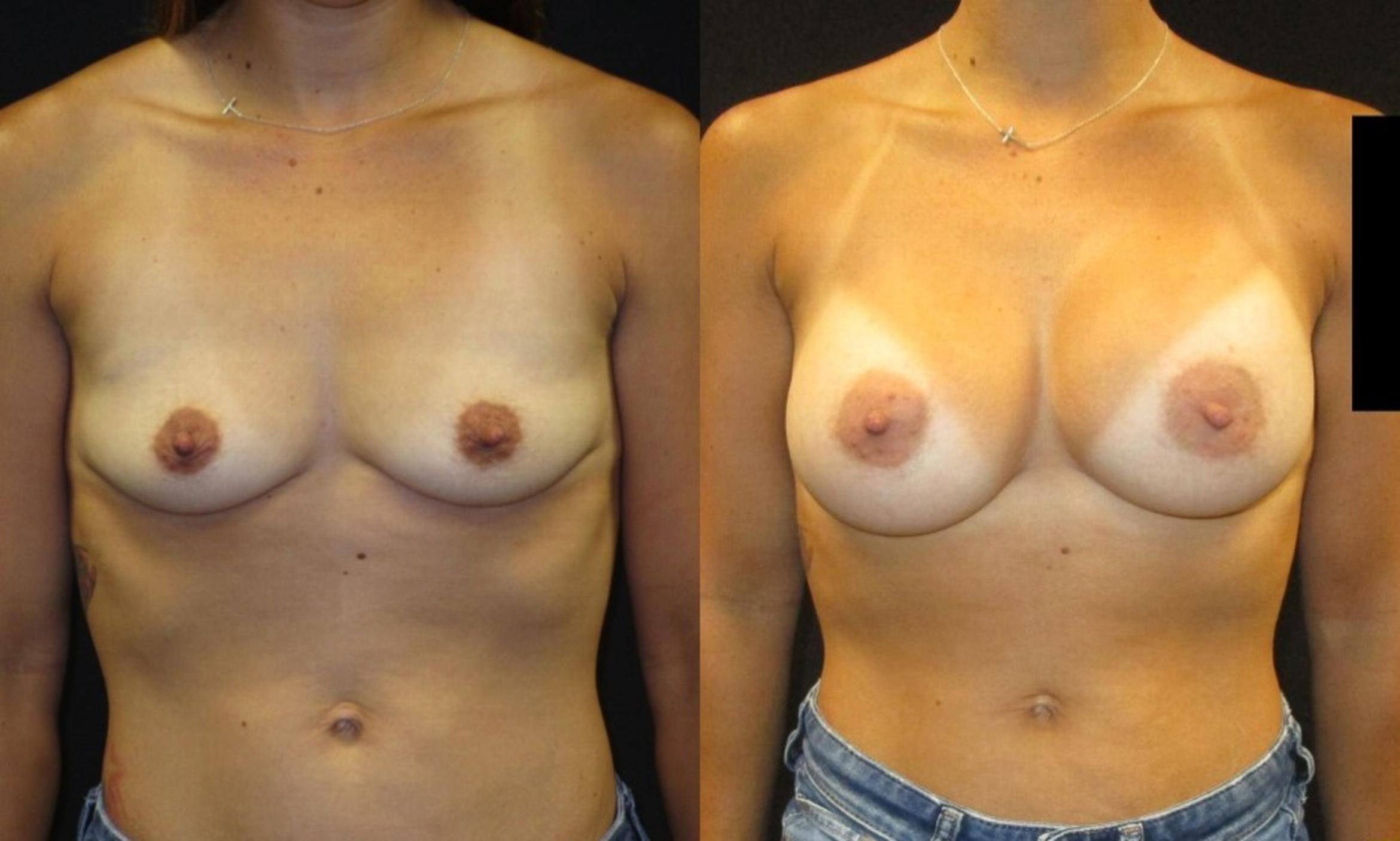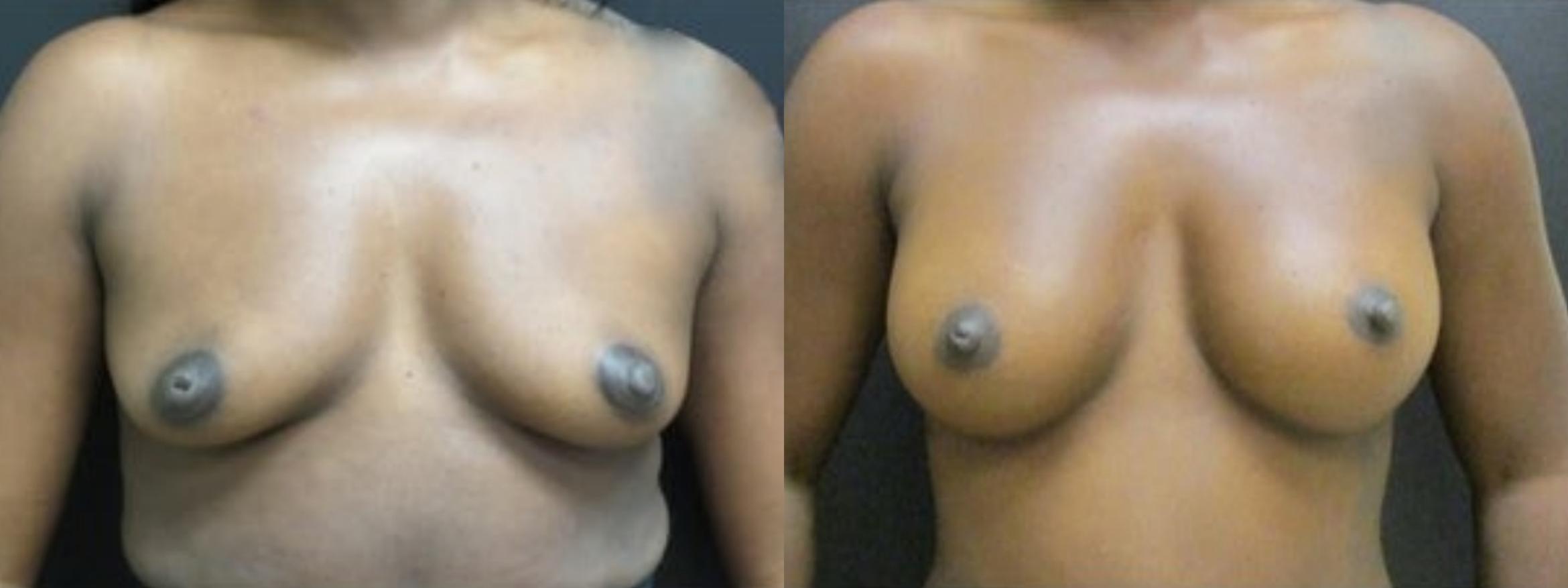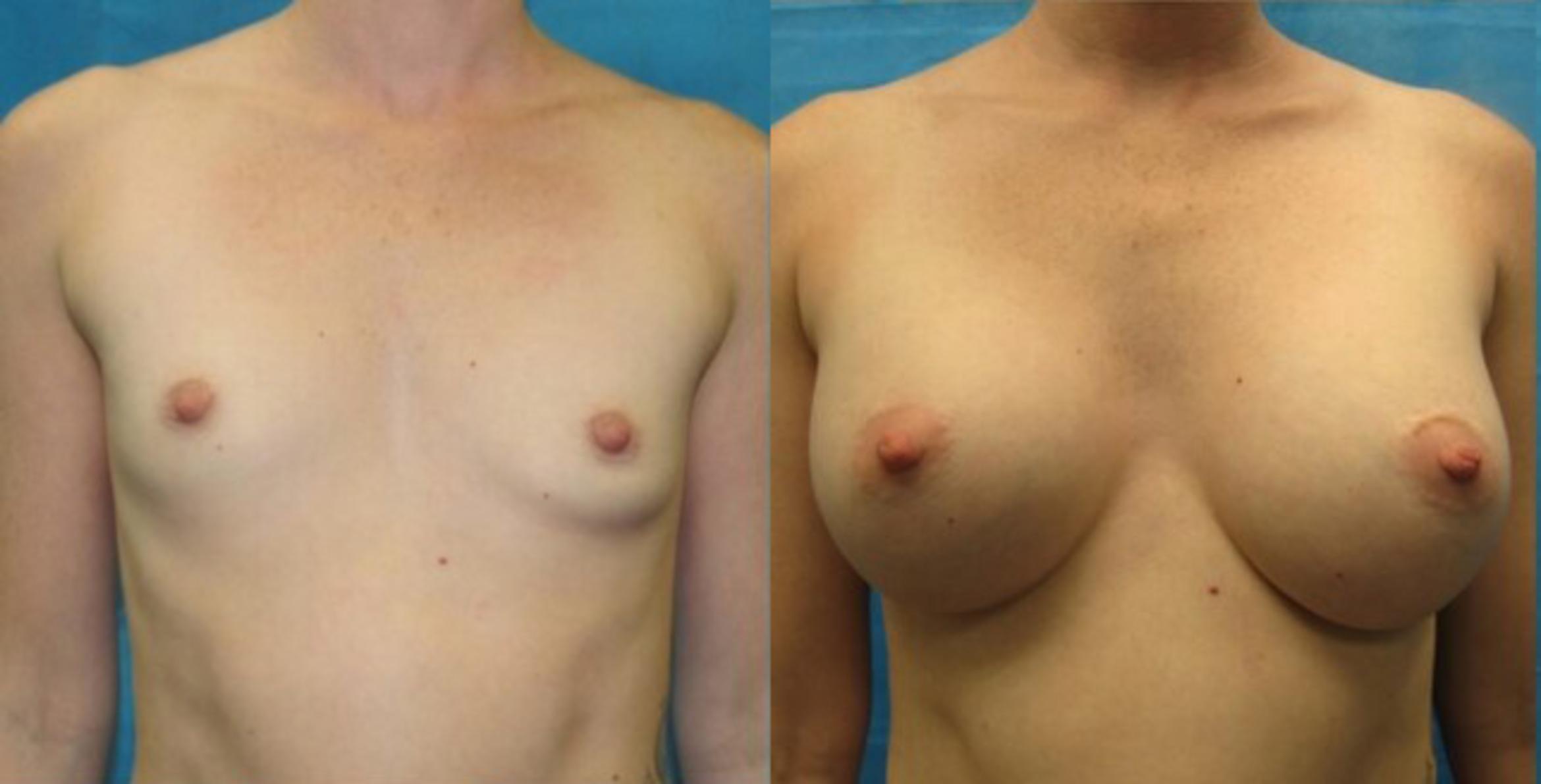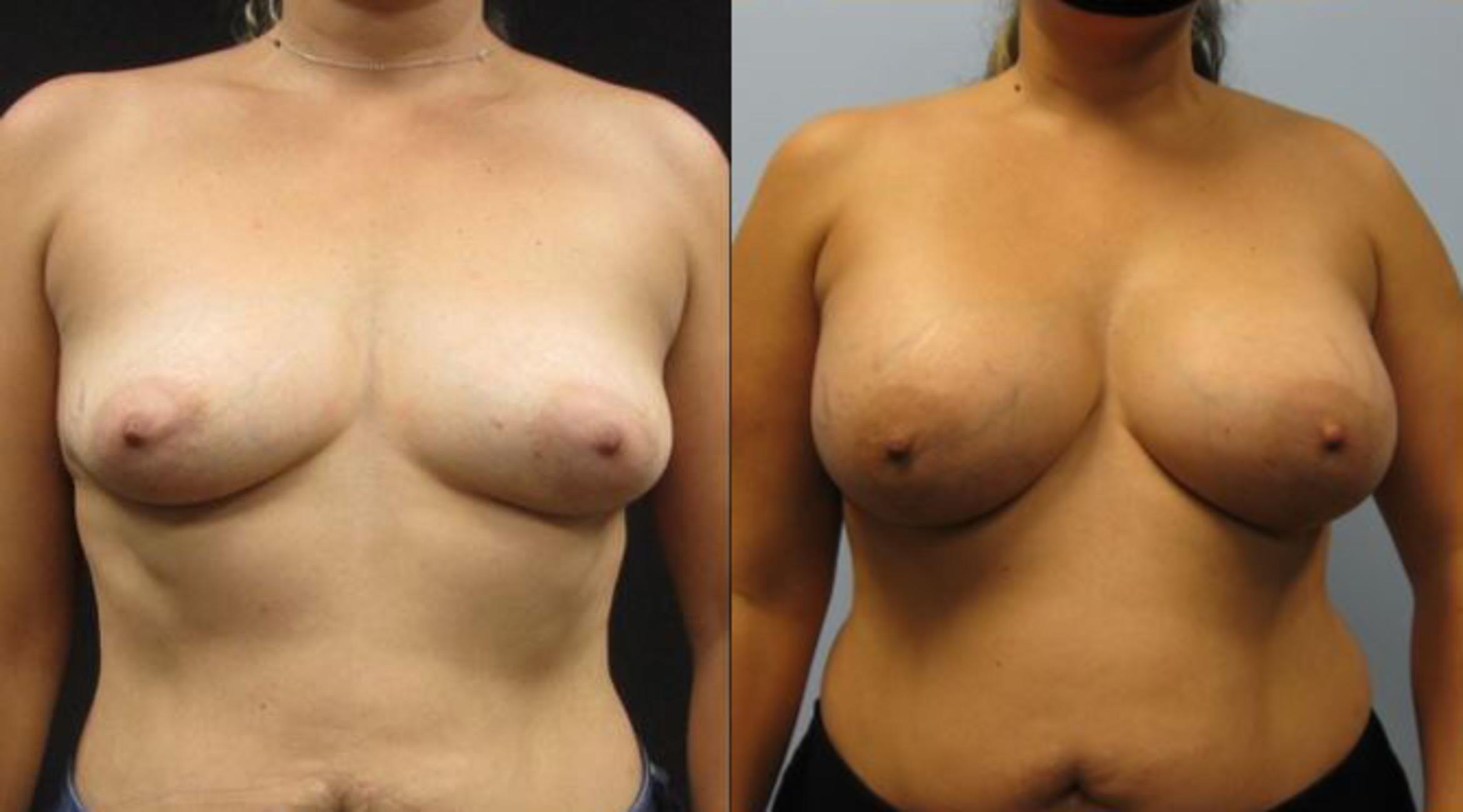Breast augmentation is the most common cosmetic surgery performed in the United States. According to the cosmetic surgery review site RealSelf, the vast majority of women are thrilled with their results—98% of breast augmentation patients say the surgery is worth it.
Still, like any surgical procedure, breast augmentation carries some risks and potential complications. While serious issues are rare, it’s important to understand what they are, how common they may be, and how your personal health can affect your surgical outcome.
What Factors Affect Your Level of Risk?
For most healthy women, the risks of breast augmentation are low. However, certain factors may increase the chances of complications:
- Age (risks rise as you get older)
- Blood disorders such as hemophilia
- High blood pressure or history of stroke
- Diabetes (slower healing)
- Heart disease, COPD, or asthma
- Obstructive sleep apnea (higher anesthesia risks)
- Smoking (slows wound healing)
- Alcohol or drug dependency
During your consultation, I encourage you to communicate openly regarding your medical history. This helps me recommend the safest surgical plan and determine which implant type might be the best option for you.
General Surgical Risks
The following risks can occur with almost any surgery (not just cosmetic procedures):
- Anesthesia complications – Rare, but allergic reactions can occur (about 1 in 5,000 to 1 in 10,000 cases).
- Infection – Affects about 1% to 3% of surgical patients. Keeping the incision clean and following your surgeon’s instructions minimizes this risk.
- Blood clots (DVT) – Occur in about 0.2% of surgical patients. Walking and moving after surgery helps reduce the risk.
- Hematoma or bleeding – Affects less than 1% of cosmetic surgery patients.
Risks Specific to Breast Augmentation
Below, I’m sharing potential risks and complications tied to different types of breast augmentation surgery. Remember, it’s essential to trust your transformation to a skilled surgeon in order to minimize these concerns:
Breast Augmentation With Fat Transfer
This technique uses your own fat (harvested via liposuction) from areas such as the hips, abdomen, or thighs to enhance breast size. While rarely harmful, risks associated with this approach include:
- Necrosis (cell death) – Some fat cells may not survive transfer. This is very common and happens in virtually all women who have breast augmentation with fat transfer. The amount of fat that dies after transfer varies, ranging from 2% to 18%. In rare cases, this can create scar tissue or lumps.
- Cysts – Benign oil cysts may form, sometimes requiring drainage or removal.
- Microcalcifications – Tiny calcium deposits can appear in breast tissue. They’re typically too small to be felt, and usually harmless, but may require follow-up imaging.
- Fat cell movement – Some fat cells may migrate from the treatment area, affecting final breast shape or size. This may require a follow-up surgery.
Breast Augmentation With Implants
Risks specific to saline or silicone breast implants include:
- Implant rupture – Saline ruptures deflate quickly and are harmless, while silicone ruptures are “silent” and may change how the breast looks or feels.
- Scarring – Internal scar tissue forms around all implants; in rare cases, it leads to problems.
- Capsular contracture – A tight scar capsule forms around the implant, which may be painful or distort breast shape. This occurs in about 3.6% of patients. It typically requires breast implant removal or replacement.
- Changes in sensation – Temporary numbness or sensitivity is common during healing, but long-term changes are rare.
- Seroma – Fluid buildup around the implant, usually temporary.
- Breast Implant Illness (BII) – Some women report systemic symptoms such as fatigue or joint pain; symptoms often improve after implant removal.
- BIA-ALCL (Breast Implant-Associated Anaplastic Large Cell Lymphoma) – A very rare cancer associated with textured implants. The lifetime risk ranges between 1 in 2,000 and 1 in 86,000.
While these complications are unlikely, part of my commitment to your care is empowering you to make informed, confident decisions before taking your next steps. As a double board-certified plastic surgeon with extensive breast augmentation and breast lift experience, I prioritize your safety and provide detailed aftercare instructions to lower any chances of complications.
Ready to Take the Next Step?
If you’re considering breast augmentation, the best way to understand your personal risks and options is to schedule a consultation. I’ll answer your questions, review your medical history, and design a surgical plan tailored to your needs and goals.
Request a consultation using the online form or call us at (912) 503-2738 to get started.





Leave a Reply